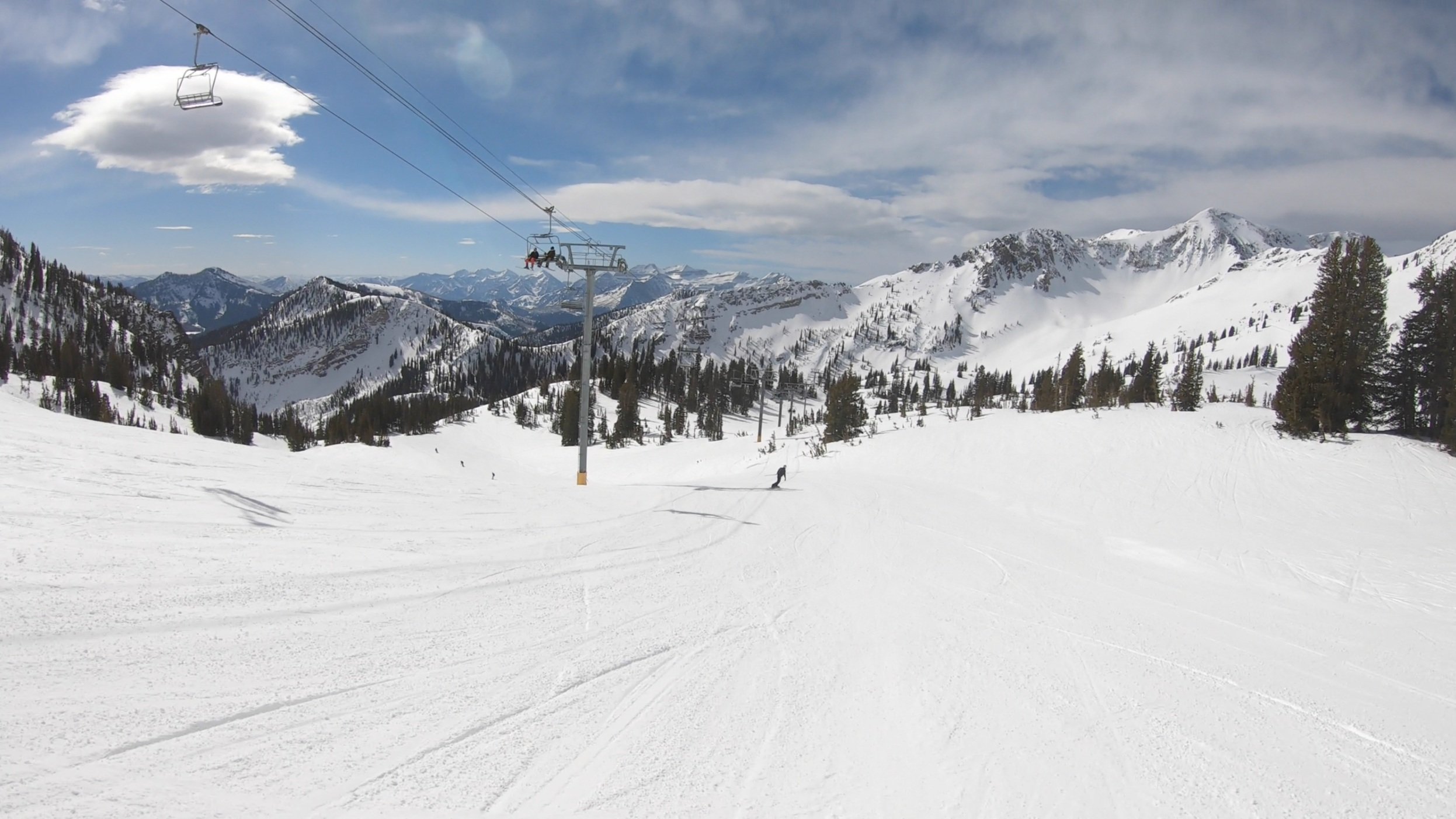We’ve Adjusted Our Resiliency Category to Better Reflect Terrain Openings.
Palisades Tahoe’s Silverado zone is open extremely rarely, sometimes not even opening at all in a given winter season. Palisades Tahoe - Olympic Valley is one of the four ski areas to see a PeakRankings Mountain Score recalibration to better reflect nuances in terrain openings.
The below changes come as part of a series of PeakRankings Mountain Score recalibrations implemented today. To see the full list of adjustments, click here.
As part of a broader overhaul of our PeakRankings Mountain Score criteria this spring, we’re making some slight refinements to our Resiliency category. These changes aim to better encompass terrain openings that impact the overall resort experience. As part of this tweak, we’re also adjusting the Snow score for one mountain. Five ski areas are impacted by this change, with reasoning detailed below.
Resiliency Score Changes
Palisades Tahoe - Olympic Valley (Squaw Valley)
Resiliency Score Change: 6 to 5
Of all the major U.S. destinations, Palisades Tahoe’s Olympic Valley side arguably has the most fickle terrain openings. The expert-oriented Silverado area is almost never open—and even if it is, days when every trail in the zone is open are almost unheard of. In addition, the Broken Arrow lift, which also services expert terrain, rarely runs—although this area is sometimes still open for those willing to hike up. The resort also sees lots of wind holds, although they aren’t as bad as at some competing Tahoe mountain.s
Palisades Tahoe - Alpine Meadows
Resiliency Score Change: 7 to 6
Palisades Tahoe’s Alpine Meadows side, which is a few miles down the road from Olympic Valley, also sees varied terrain openings throughout the typical season. Early season months are hit-or-miss in backside resort areas; the Sherwood zone takes months to open, while the Lakeview chair also rarely opens prior to mid-January. Alpine Meadows’ summit is a massive ridge, and lifts are frequently subject to wind holds.
Heavenly
Resiliency Score Change: 7 to 6
Like its Tahoe brethren discussed above, Heavenly offers a consistent foundation of terrain but struggles to keep select mountain zones open throughout the winter. Guests looking to visit Heavenly’s intermediate Galaxy zone or expert Mott and Killebrew Canyon areas may want to wait until February before booking a trip here. The same is true for the lower-mountain California-side Gunbarrel zone; this area sometimes lacks enough snow to actually ski, requiring guests to download a lift to get back to the California Lodge base.
Snowbird
Resiliency Score Change: 9 to 8
Snowbird is a reliable mountain in the grand scheme of things, but a few issues with its Mineral Basin back side prompt this adjustment. This area faces south, making it icy in the mornings and slushy in the afternoons if there hasn’t been recent snowfall. In addition, Mineral Basin can take some time to open, often remaining closed through the popular December Break holiday period.
Snowbird’s Mineral Basin back side may be beautiful, but if you book a trip over the December holiday period, you’ll run the risk of not being able to ski it.
For more on our PeakRankings Mountain Score Resiliency criteria, see our detailed ratings thresholds for this category.


